
| Recorded by: Jim Petranka on 2025-03-19
Madison Co.
Comment: | 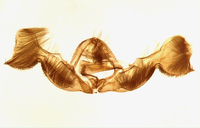
| Recorded by: Jim Petranka on 2025-03-19
Madison Co.
Comment: |

| Recorded by: David George on 2025-03-11
Durham Co.
Comment: | 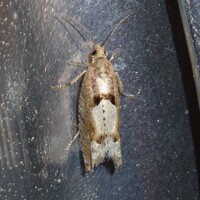
| Recorded by: Stephen Dunn, Jeff Niznik, David George on 2024-03-31
Orange Co.
Comment: |
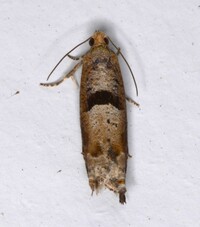
| Recorded by: Stephen Dunn on 2024-03-17
Orange Co.
Comment: | 
| Recorded by: David George, Jeff Niznik on 2024-03-04
Durham Co.
Comment: |
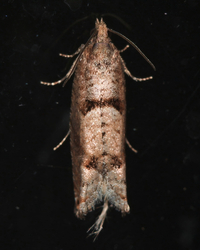
| Recorded by: Jim Petranka on 2024-03-04
Madison Co.
Comment: | 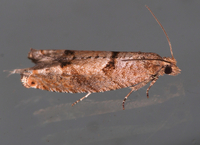
| Recorded by: Jim Petranka on 2024-03-04
Madison Co.
Comment: |
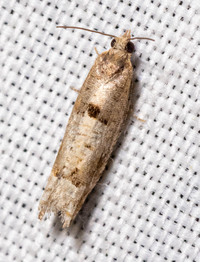
| Recorded by: Stephen Hall on 2023-04-06
Orange Co.
Comment: | 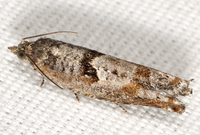
| Recorded by: John Petranka on 2023-03-16
Orange Co.
Comment: |
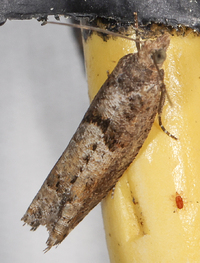
| Recorded by: John Petranka on 2023-03-07
Orange Co.
Comment: | 
| Recorded by: John Petranka on 2023-02-23
Orange Co.
Comment: |
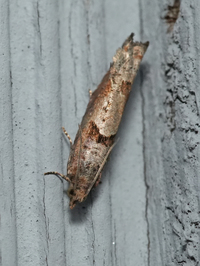
| Recorded by: Chuck Smith on 2023-02-14
Davidson Co.
Comment: | 
| Recorded by: Dean Furbish and Joy Wiggins on 2022-03-06
Wake Co.
Comment: |
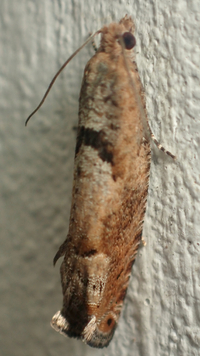
| Recorded by: tom ward on 2022-03-04
Buncombe Co.
Comment: | 
| Recorded by: Jim Petranka on 2021-10-21
Madison Co.
Comment: |

| Recorded by: Jim Petranka on 2021-10-21
Madison Co.
Comment: | 
| Recorded by: Gary Maness on 2021-04-17
Guilford Co.
Comment: |
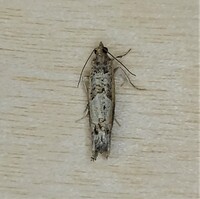
| Recorded by: Gary Maness on 2021-04-17
Guilford Co.
Comment: | 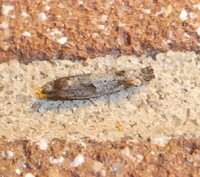
| Recorded by: Simpson Eason on 2021-04-15
Durham Co.
Comment: |
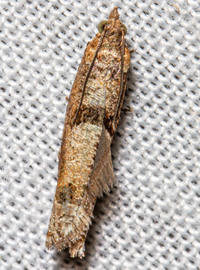
| Recorded by: Stephen Hall on 2021-03-25
Orange Co.
Comment: | 
| Recorded by: Gary Maness on 2021-03-24
Guilford Co.
Comment: |

| Recorded by: Gary Maness on 2021-03-24
Guilford Co.
Comment: | 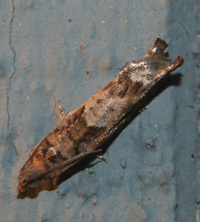
| Recorded by: Vin Stanton on 2021-03-12
Buncombe Co.
Comment: |
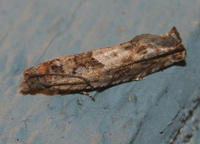
| Recorded by: Vin Stanton on 2021-03-12
Buncombe Co.
Comment: | 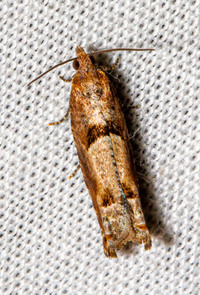
| Recorded by: Stephen Hall on 2021-03-11
Orange Co.
Comment: |
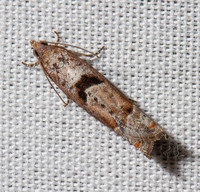
| Recorded by: Stephen Hall on 2021-03-09
Orange Co.
Comment: | 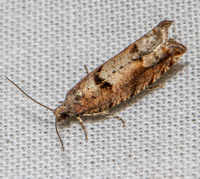
| Recorded by: Stephen Hall on 2021-03-03
Orange Co.
Comment: |

| Recorded by: Stephen Hall on 2021-03-03
Orange Co.
Comment: | 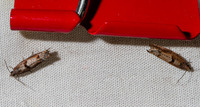
| Recorded by: Stephen Hall on 2021-03-03
Orange Co.
Comment: |
|

 »
»




 »
»


